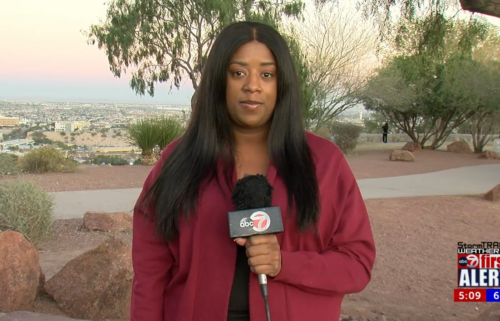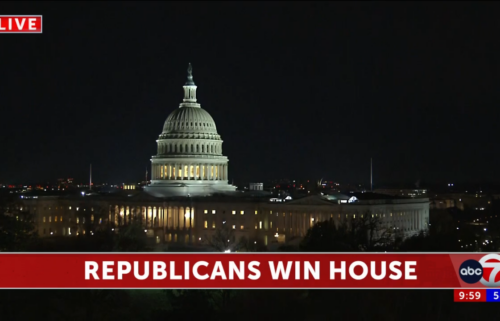Pentagon inspector general to review deployment of US troops to southern border

The Pentagon’s Office of the Inspector General has launched a review of the deployment of thousands of US soldiers to the southern border with Mexico, a mission ordered by President Donald Trump.
The Inspector General’s office “has decided to conduct an evaluation” to “examine the use of military personnel along the southern border,” Glenn Fine, who is performing the duties of the Inspector General, said in a statement Tuesday.
Fine said the evaluation was launched “based on several requests” made to the Inspector General’s office.
In a memo addressed to top military and civilian officials at the Pentagon, Fine said the scope of the evaluation will include, but is not limited to, the actual use of US military personnel in support of security operations at the border including “training provided to US military personnel, including training on potential contacts with civilians and the amount of funding to support deployment to the border,” and “whether the actual use of those funds comply with applicable federal law and DoD policy.”
While previous presidents have ordered National Guard forces to deploy to the border in support of border security, many Democrats in Congress have lambasted the Trump administration for deploying active duty personnel.
Others have expressed concern about the costs of the deployments which were not initially budgeted by the military and cost some $130 million as of January 1, but the Pentagon has yet to produce new estimates since the mission was indefinitely extended.
The US military currently has about 3,900 active duty troops as well as some 2,600 National Guard members deployed in support of the Department of Homeland Security’s efforts on the border, though a defense official said that number would soon decrease as some overlapping rotational units are due to depart soon.
The number of active duty troops on the border previously peaked at about 5,900.
Tasks performed by US troops have included hardening of border positions, placing concertina wire, operating mobile surveillance vehicles and the painting of border barriers.
While troops initially were meant to have no contact with migrants, some exceptions have been made to allow the military to better support the Department of Homeland Security.
“It’s a national emergency, we recognize that we need to improve security on the border, the Army has been doing this for decades, supporting border security in some form or fashion,” the Secretary of the Army Ryan McCarthy told CNN in October.
“We’re going to have to put some measures in place to be able to finance and support it on a more sustained basis,” McCarthy added.




